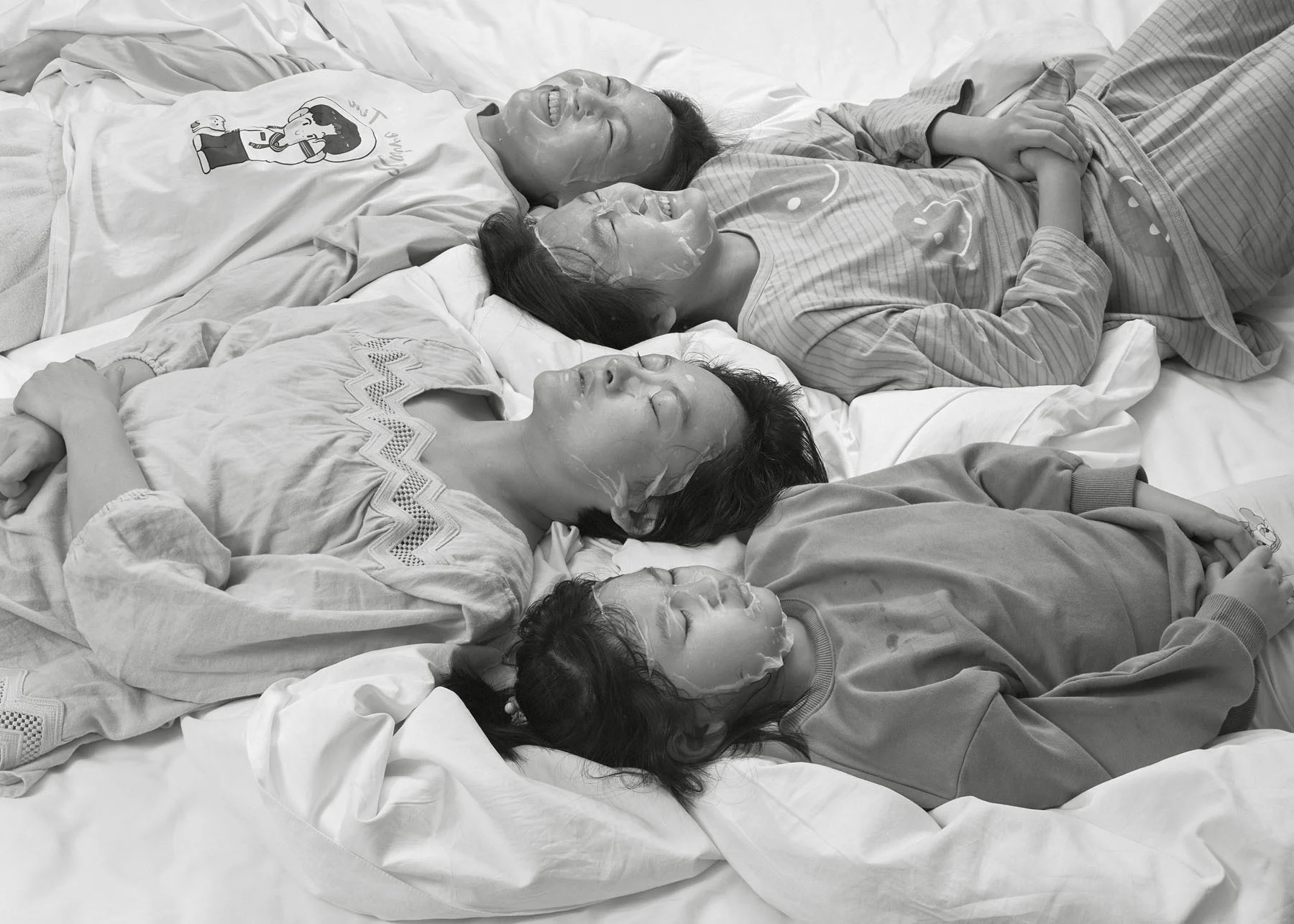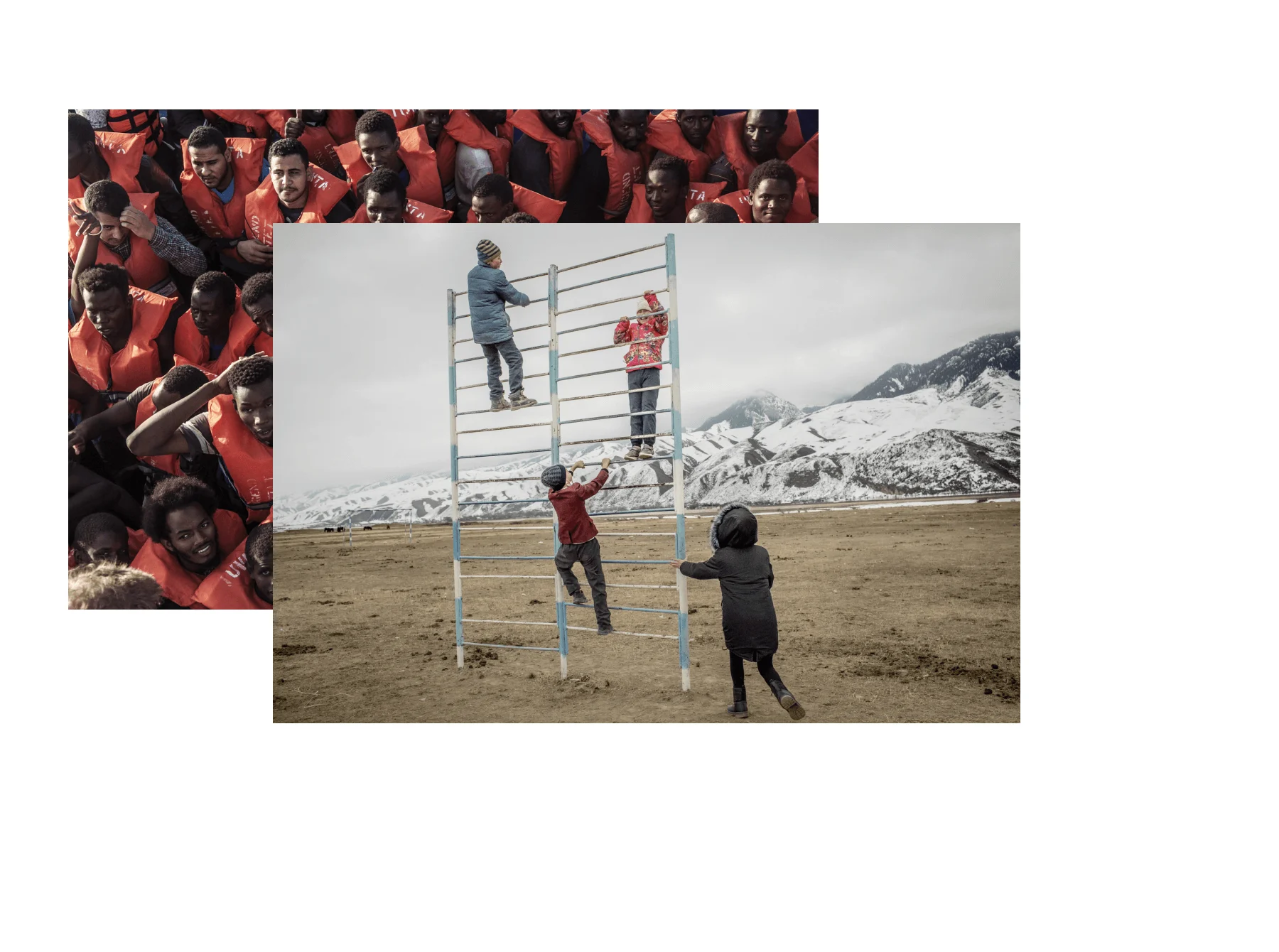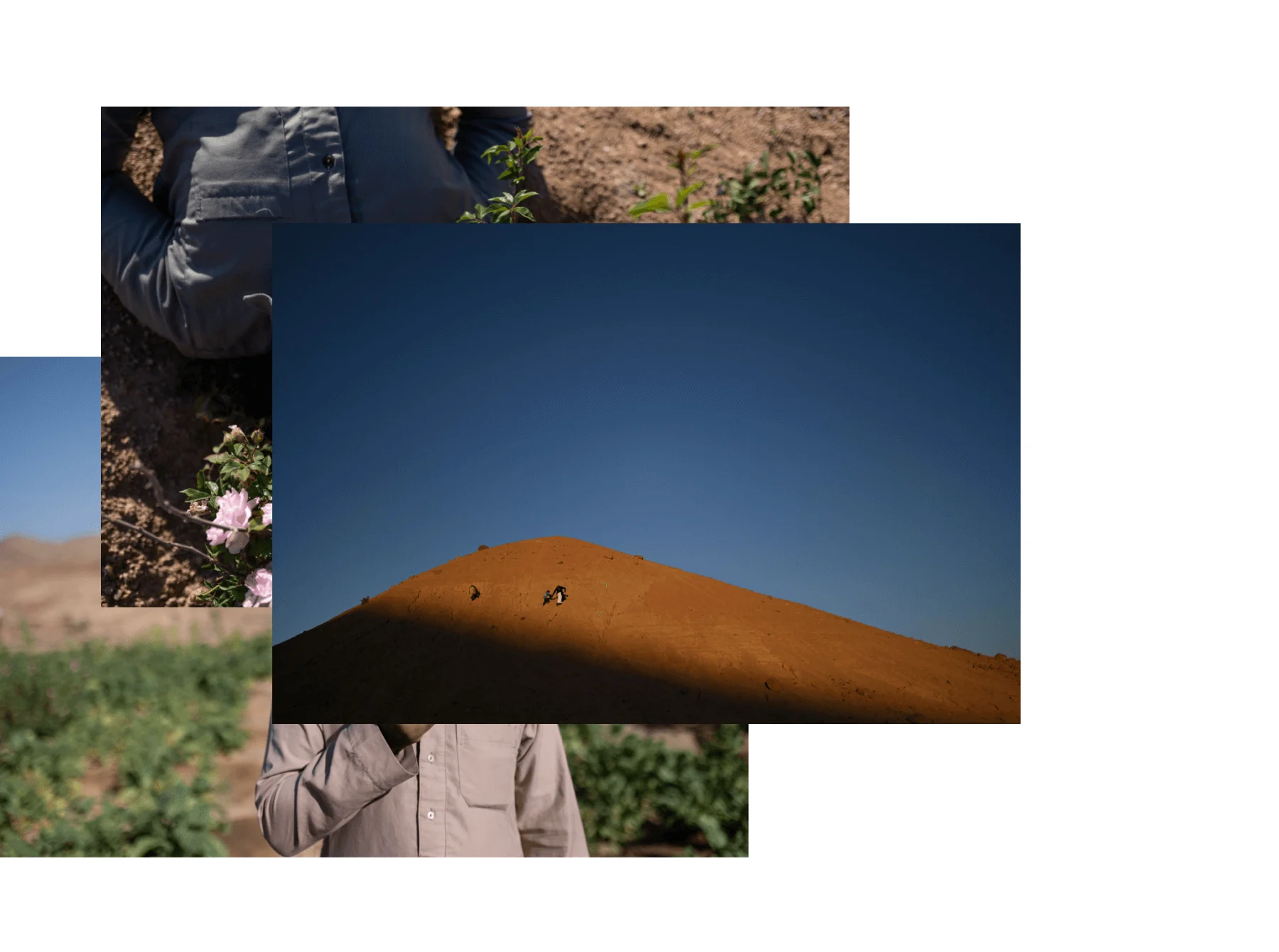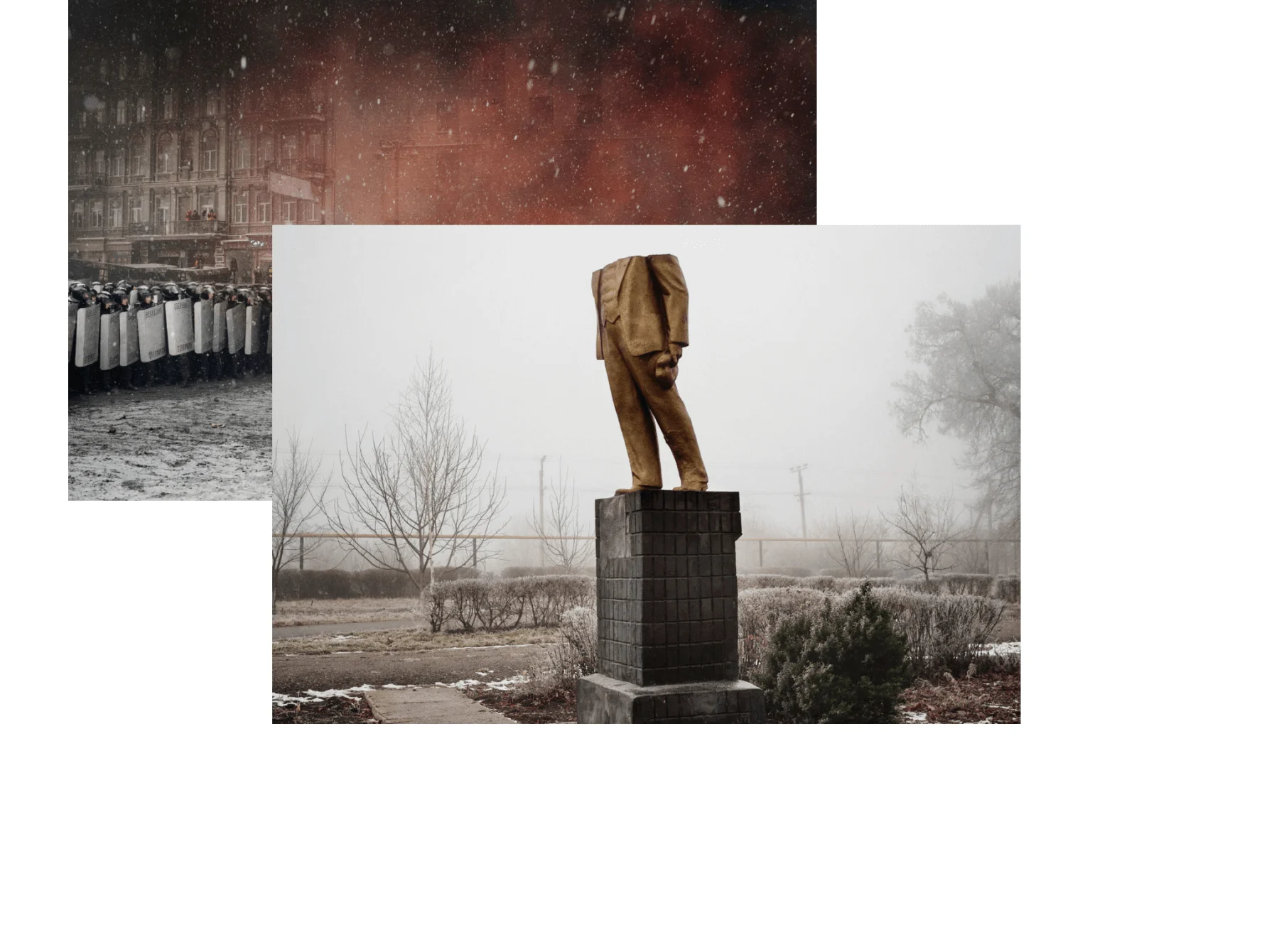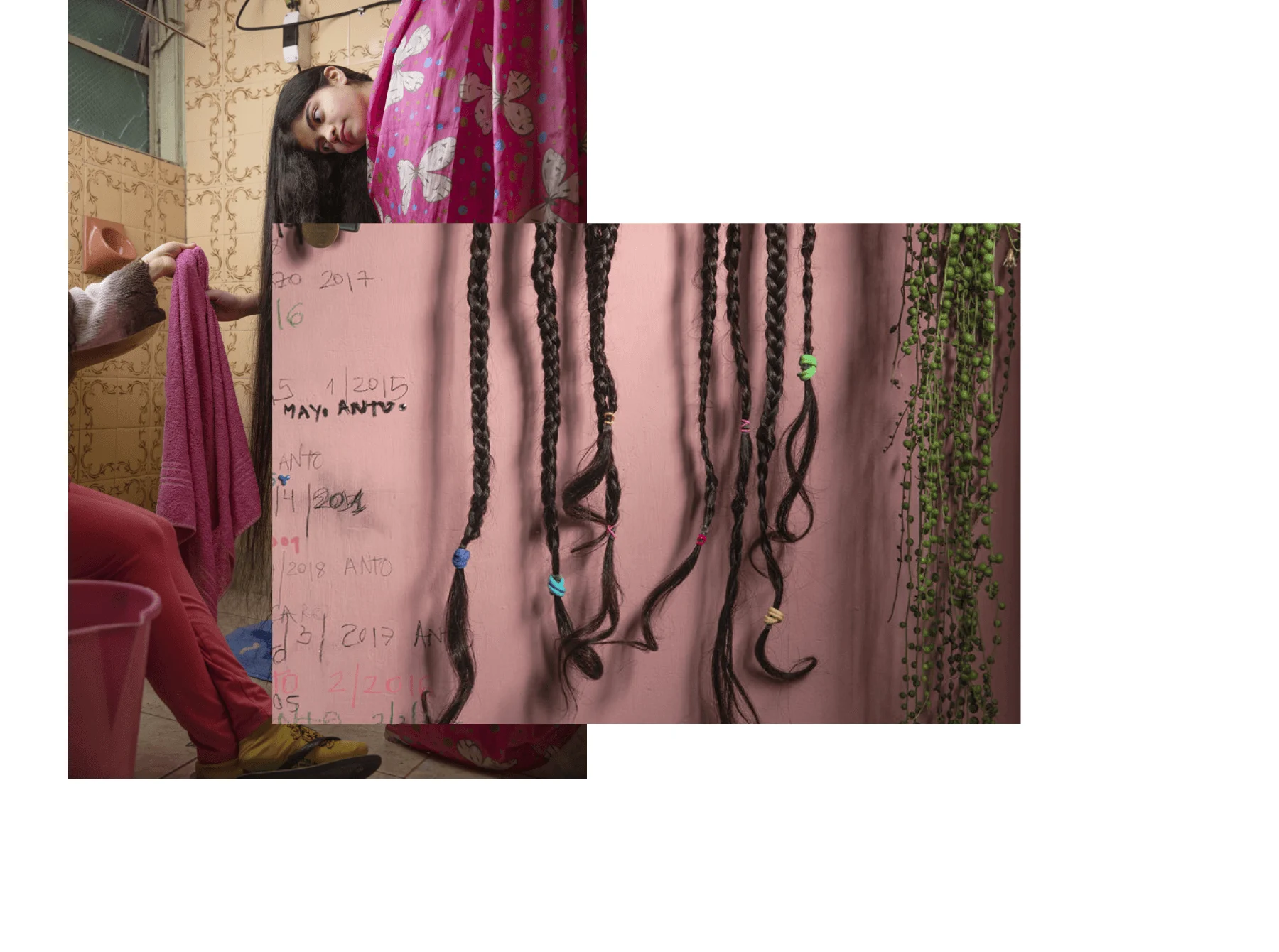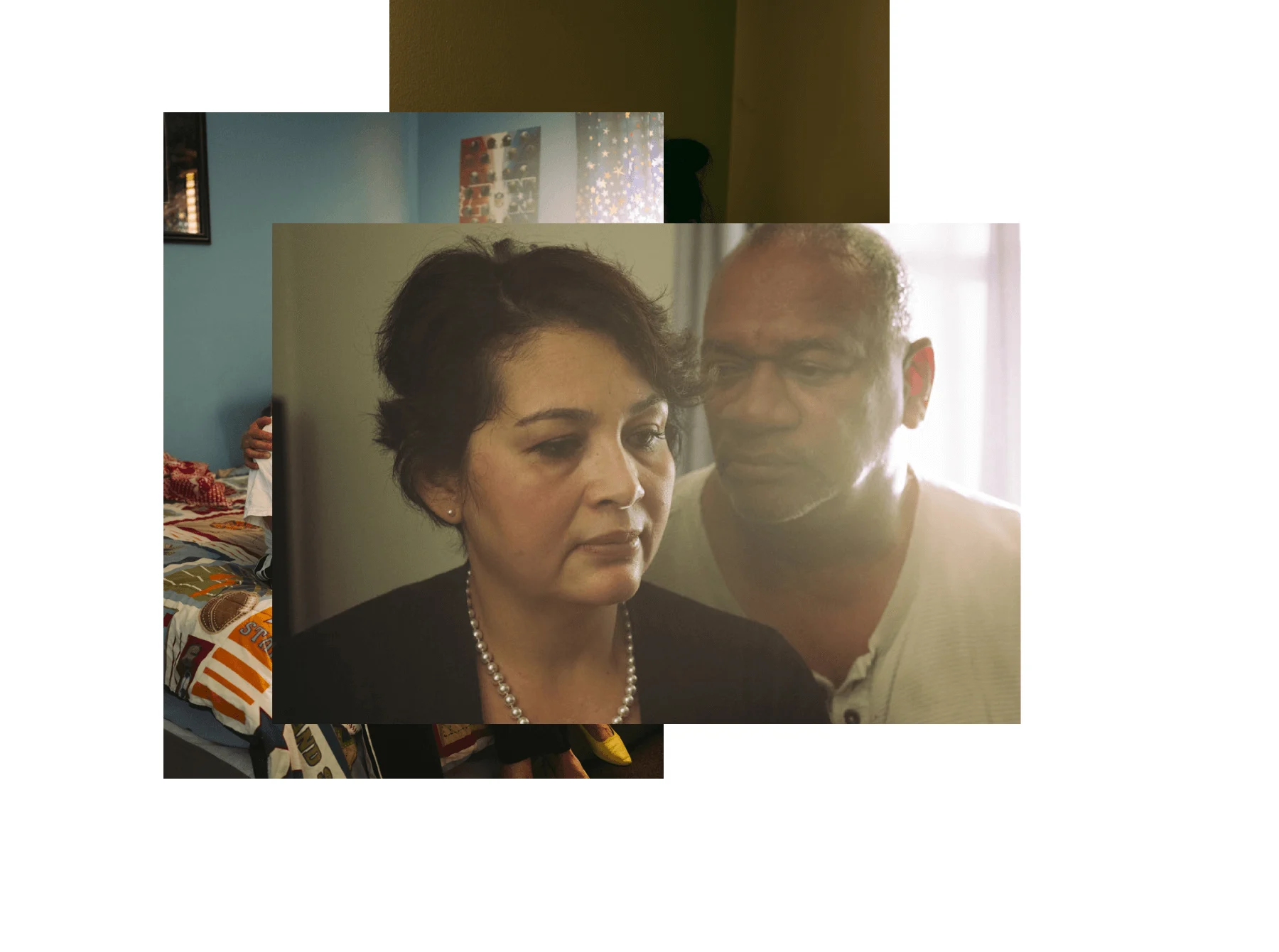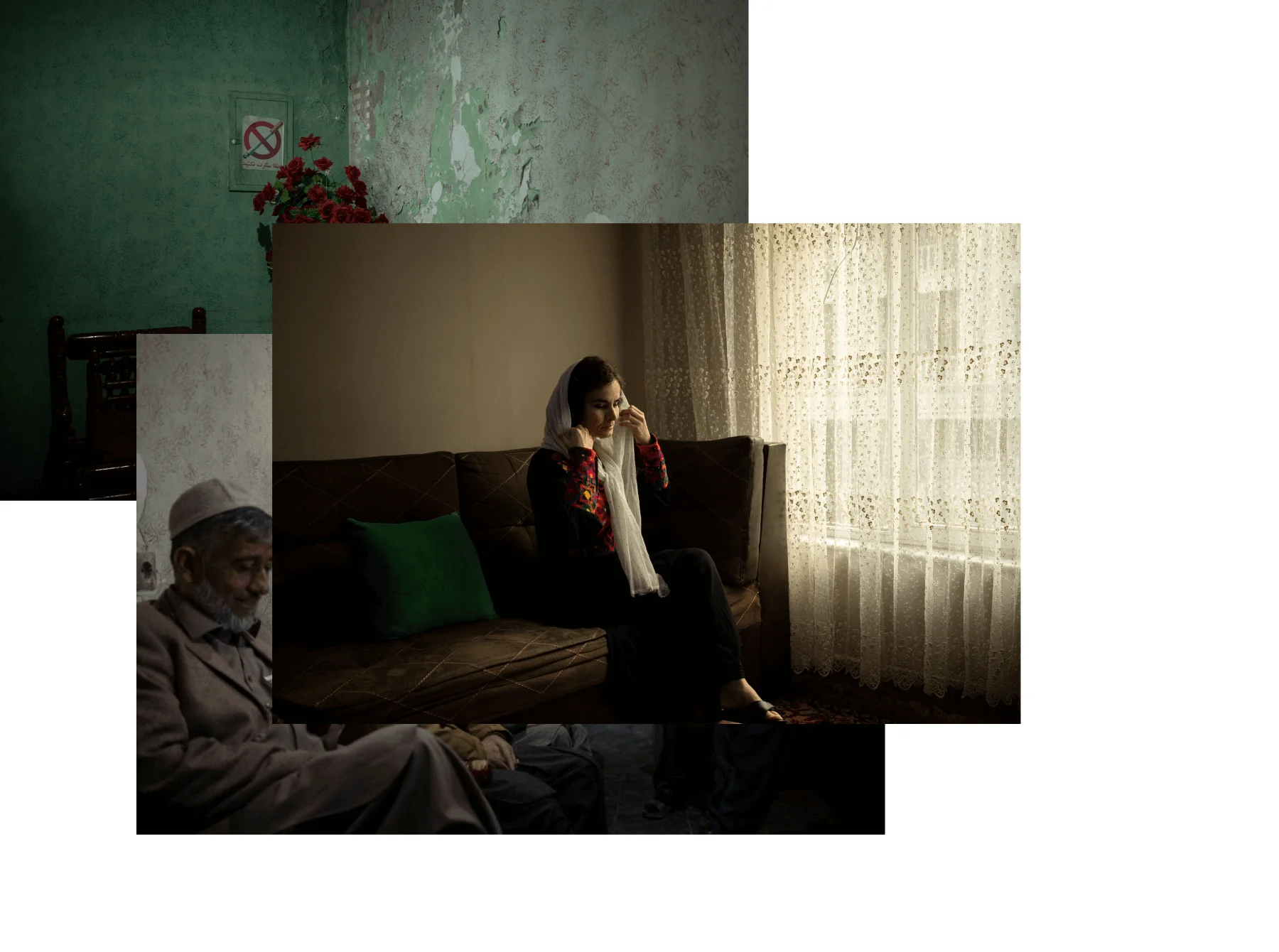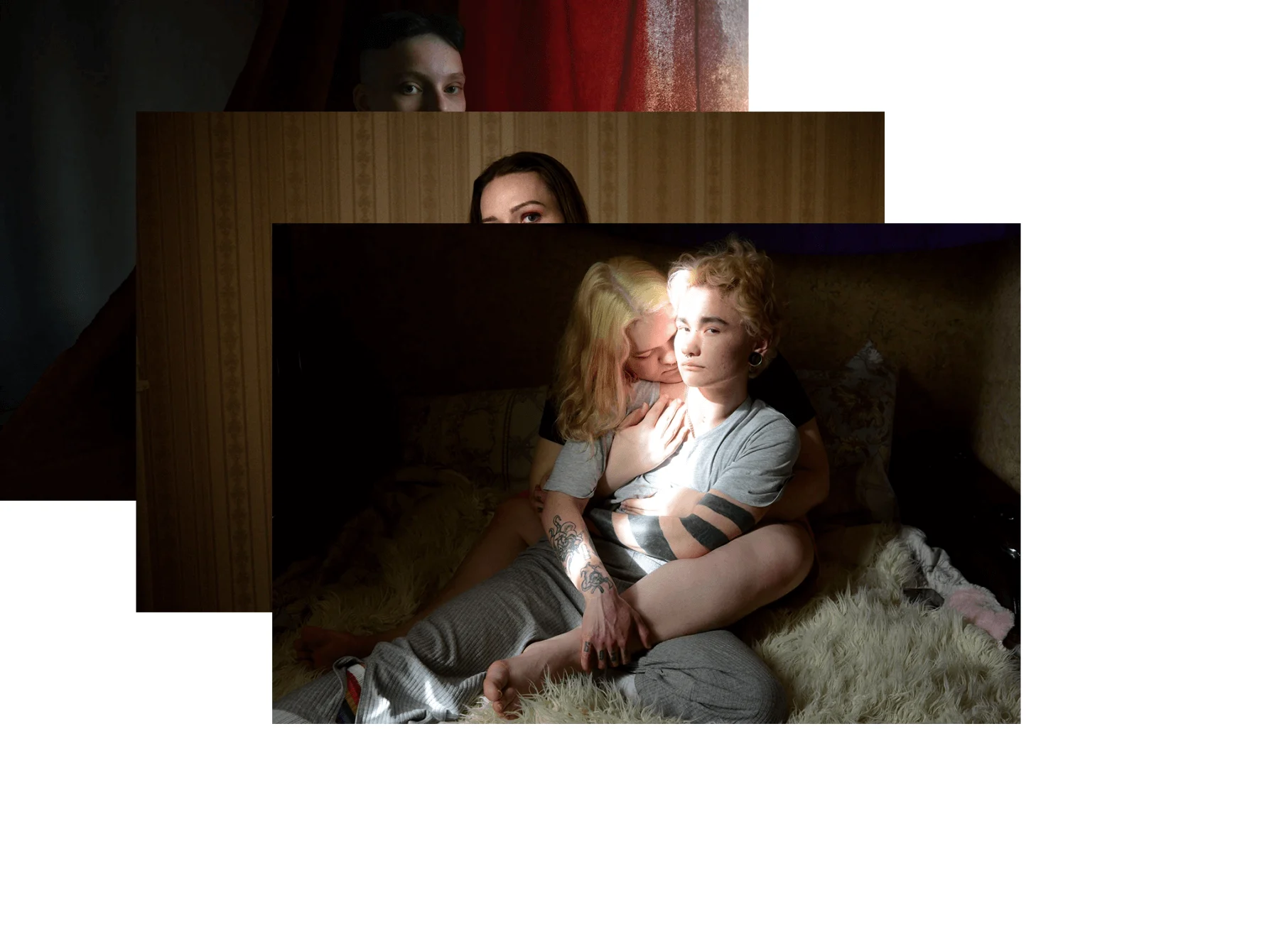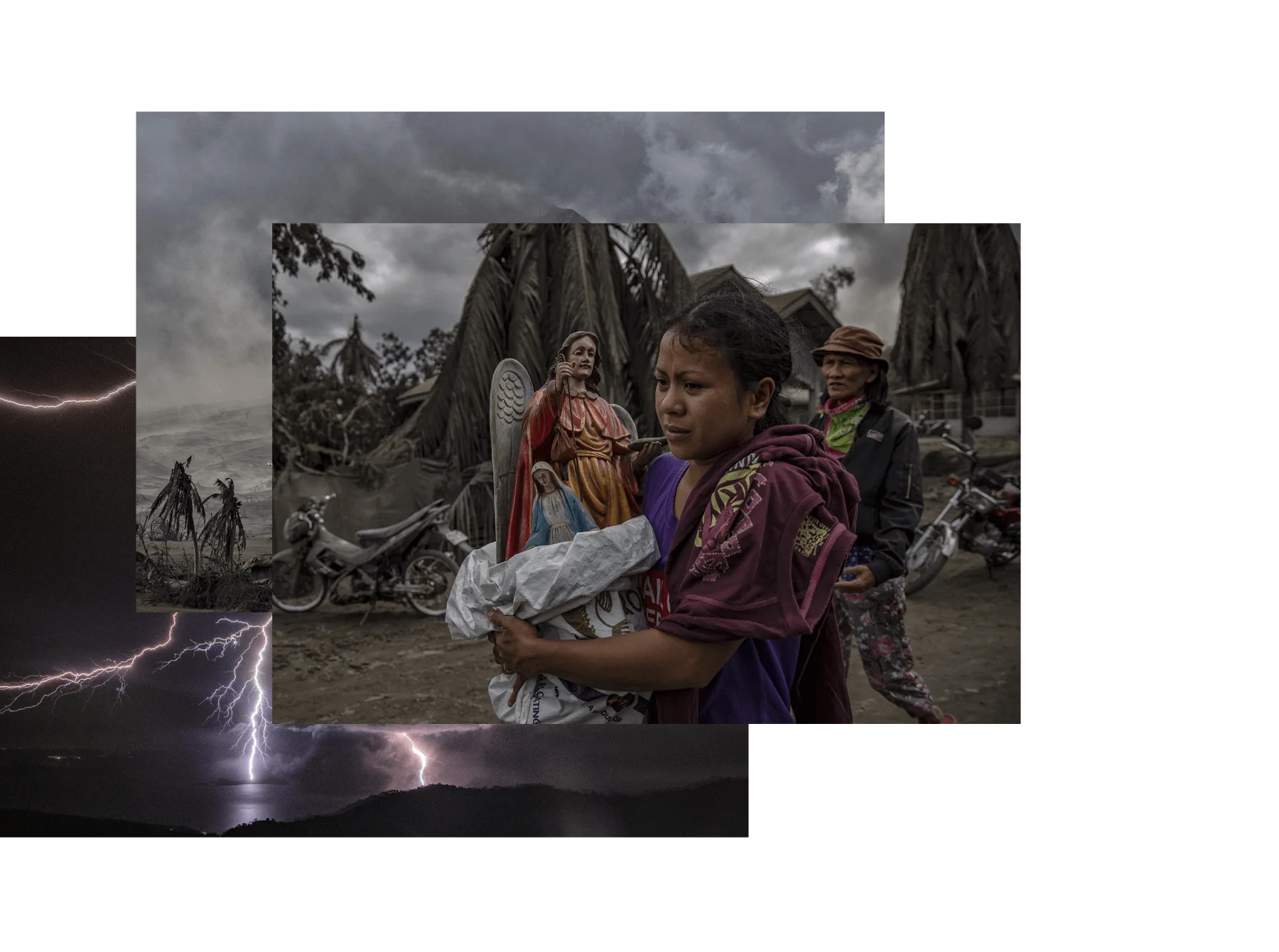

Photographer Esther Horvath can spend up to seven months per year in pitch black darkness with no phone and no satellite connection. Why, you ask? To document scientists who collect data regarding climate change. The conditions are brutal (you try taking photos when holding a metal camera in minus 45 degrees) but after each trip Esther returns with extraordinary images of vast expanses of white land and intimidatingly dark surroundings. And some naughty polar bears thrown in for good measure, of course.
“There’s something very special because you don't usually see polar bears act in this way. The scene is like a little golf course with all the flags, and it's so dark so you can see that it's taken during the night. These two bears had been around us for several days. Because of safety, you can only be on the sea ice with polar bear protection until a certain time, and at around 5:30pm everybody has to come back.
When you’re on the ice, polar bears come and check you out because they’re either curious or hungry. Both are extremely dangerous. Even if they’re just curious, they’re so strong that even doing something like checking someone out with their paw or biting on something can be deadly for a human. It doesn't matter what you wear. We worked on the sea ice every day for around seven hours, during which time you’re on high alert that anything could happen. Not just for polar bears, but also the sea ice which moves under your feet with every step you take.



The polar bear safety was a major test, and extremely important during the expedition. We were in constant darkness, which is an additional challenge because you can’t see when they’re near you. You look around and it's black, pitch black. We could only see with the spotlight of the ship, but that's also limited and everybody had to wear headlamps. Even then, you can only see around 30 meters in front of you. We had nine days where we encountered polar bears. How many times were they nearby but just didn't come closer? That we don't know.
The night when we saw them, everybody was already on board in the evening for dinner and meetings. After dinner, I came out with my equipment to take pictures. I don't remember why. I was at the right spot, but I also stayed there for a very, very long time. The light shining on to the ice came from the ship’s spotlight that the nautical officers on the bridge were following the bears with. They were perfect lighting assistants.

After a lot of practice I can use mittens and press the shutter.
Taking photos there is very challenging because for the majority of the time the windchill temperature is minus 45 and the camera is metal. There was a team on board who helped me to cover it with a kind of case that not only protects the camera, but also my hand touching its metal frame. After a lot of practice I’ve now got to the point where I can use mittens and press the shutter. We made something that can be attached to the camera which sticks out so I can press the button easily.
Photography in these conditions is also very challenging because, as I said, it was completely dark: 24 hours pitch black darkness. You know the photos that were taken by NASA on the moon with the astronauts standing on the surface of the moon and the completely black background? That's exactly the light. It's not the darkness like most of us know. It's not like a night in the city where you live. This night is black. When that's combined with winds and blowing snow, it's just so magical. I was constantly taken by its beauty. Every day spent on the sea ice, I was mesmerized.

My goal with my photography is to show how we get our climate data. We know the Arctic is the place where average temperature increases twice as fast as anywhere else on the planet. But how do we know that? How do we get this data?
Since 2016 I have been working with the Alfred Wegener Institute. I was following their scientific expeditions and I started to collaborate with them, and now I work with them. is always different on each station year by year, but there’s never a satellite connection; you are always completely off-the-grid. My phone doesn't work, so I have no access to Instagram, Facebook, to my own email address, to nothing. No internet. It's so beautiful not to have your phone. It's like going back in time to the ‘80s, or maybe even before to the ‘50s because you don't even have television.


I was constantly taken by its beauty. Every day spent on the sea ice, I was mesmerized.
I want to give people the full picture so on one hand I was following the work of scientists; how they work, live and function on the sea ice. But I was also looking at their life on the ship because I'm very interested in showing how these people spend many months per year in these remote locations. A lot of people knit constantly. I don't even know how many new sweatshirts were made during that expedition. People also play music on guitars, ukuleles, or even accordions. I just find it so sweet to see these moments because there is no TV, no radio, no internet, so you have to really think about what you are going to do . There was a scientist on board who was very passionate about improv theater, and so we all had improv classes.
The love that I have for this environment is so strong. I always say that I wish I had a special word for this feeling I have for the Arctic because it is such a strong connection, which constantly entices me back again and again. I feel so much for this place, it’s like caring for a child.”







